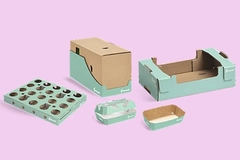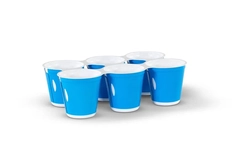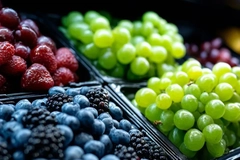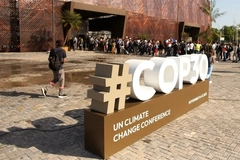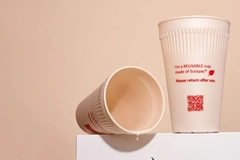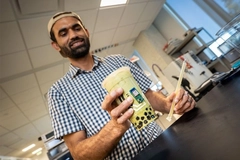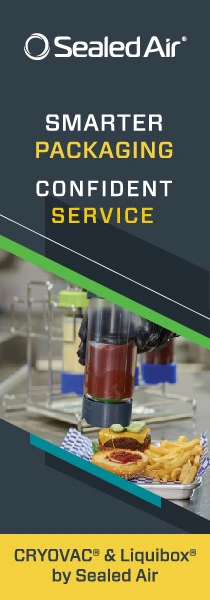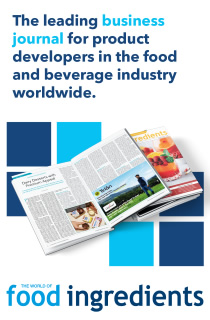Anuga 2025 review: Alu-free cartons, connectivity & monomaterials dominate
Key takeaways
- SIG showcased aluminum-free aseptic cartons, maintaining full shelf life and cutting CO2 impact across the supply chain.
- Info.link unveiled connected packaging to help F&B brands meet EU green claims and labeling regulations.
- Vergeer Holland presented monomaterial cheese packs, while Daesang launched gas-release glass jars for kimchi fermentation.
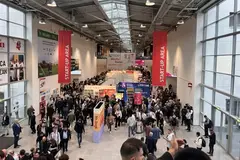
The 2025 agro-food trade show Anuga in Cologne, Germany, broke previous attendance records, attracting over 8,000 exhibitors and 145,000 visitors. Packaging developers took advantage of the opportunity to discover and showcase innovations tapping into the latest trends in F&B packaging.
On the trade show floor, Packaging Insights spoke to SIG Group, info.link, Vergeer Holland, and Daesang, about their latest solutions.
“One of the biggest innovations we bring to Anuga this year is beverage cartons without an aluminum layer, but with complete shelf life. So whether it’s chocolate milk, orange juice, or tomatoes, we can now pack items without aluminum, and that really is a big step change in the sustainability position,” José Matthijsse, president and general manager for Europe at SIG, told us.
Matthijss added that SIG focuses on enabling F&B brands to maintain the nutrients in its products using aseptic technology. “Aseptic technology is proven to better preserve nutrition across the board. Aseptic offers 400% higher retention of vitamin C than retort packaging.”
“We also aim to make packaging easy to carry and low in weight. Low weight saves costs and CO2 in the value chain, and that brings us to our sustainability goals. We regenerate materials, and we take materials out.”
Meanwhile, the German connected packaging firm info.link explored ways to assist F&B brands in meeting regulatory compliance
Dutch cheese producer Vergeer Holland showcased its “difficult to achieve” monomaterial packaging for cheeses, while the South Korean food ingredient giant Daesang presented its glass jar for fermented products.
Regulatory solutions for F&B packaging
Beverage companies are increasingly taking recycling into consideration as a result of the EU Packaging and Packaging Waste Regulation.
“But we need to think about CO2 across the value chain,” stressed Matthijss, “because it makes no sense if you spend all your CO2 in the recycling of a product, or if you create a lot of CO2 by sourcing materials, or by the heavyweight during transportation.”
She argued that collaborating across the value chain is needed to bring CO2 down altogether. “That’s important, and luckily, this is in the EU Corporate Sustainability Reporting Directive. We all need to start measuring scope 3 GHG emissions.”
SIG’s R&D development is advancing: “Spouted pouches are a rapidly growing product. You can also see it when you look at bag-in-box solutions.”
Meanwhile, Christoph Goeken, founder of info.link, explained that the platform for creating digital labels for physical packaging began with the goal of addressing the challenge that “every company that talks about sustainability has actually to provide specification and evidence in the future, and there’s just not enough space on the packaging to do so.”
“At info.link, we realized that if you want to prevent greenwashing, you have to provide information about the specification of each claim, but also you have to write evidence and verification.”
Goeken pointed out the EU Empowering Consumers Directive will go live next September, adding, “there are a lot of details that packaging companies will have to provide in the future, and there are also a lot of things that will not be allowed anymore when talking about sustainability.”
.webp) Vergeer Holland showcased fully monomaterial cheese packaging designed for improved recyclability and extended shelf life.“We have identified this as a gap, and we want to help companies continue to talk about sustainability.”
Vergeer Holland showcased fully monomaterial cheese packaging designed for improved recyclability and extended shelf life.“We have identified this as a gap, and we want to help companies continue to talk about sustainability.”
Monomaterial cheese packing
Vergeer Holland said that it is one of the first companies of its kind in Europe to use fully monomaterial packaging, which it has also adopted with the aim of improving environmental sustainability by improving the recyclability of the pack.
“When packaging cheese, oxygen needs to be removed to give it a longer shelf life and you have to keep it cold. The oxygen is pulled out and the CO2 is put back in. The CO2 then gets absorbed into the cheese, you end up with a really tight pack,” a company spokesperson told us.
“If you’re doing something like grated [cheese], you take out the oxygen, you put in nitrogen, and that gives you longevity. All our packing is done in a controlled atmosphere.”
Cheese absorbs CO2 but not nitrogen, the spokesperson explained. “If you put CO2 into a bag of grated cheese, it would shrink onto it. When it comes to [cheese] blocks, you want them to absorb and to get a really tight seal.”
“A lot of [cheese] companies have tried paper packaging, but if you get a stoppage on the line, they are finding that the heat is setting the paper on fire. So it’s really difficult and it’s a very fast operation.” 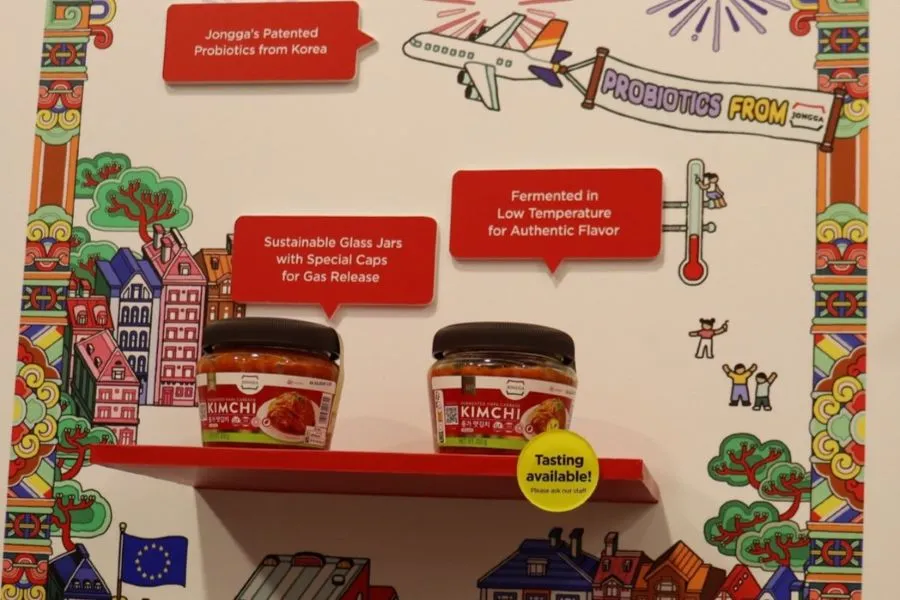 Daesang presented reusable glass jars for its jongga kimchi, featuring gas-release caps to support safe fermentation.
Daesang presented reusable glass jars for its jongga kimchi, featuring gas-release caps to support safe fermentation.
Glass jar for fermentation
Daesang introduced its Jongga brand kimchi in new reusable glass jars, designed to align with European consumers’ growing preference for glass over plastic while providing packaging suited to fermented products like kimchi.
Grace Eunhae Kim, the company’s marketing team leader, explained that the jar caps allow gas release, which prevents the glass from breaking as a result of fermentation of kimchi and similar foods.
“When you put kimchi in a closed, glass container, it will get damaged eventually because of the fermentation going on inside.”
